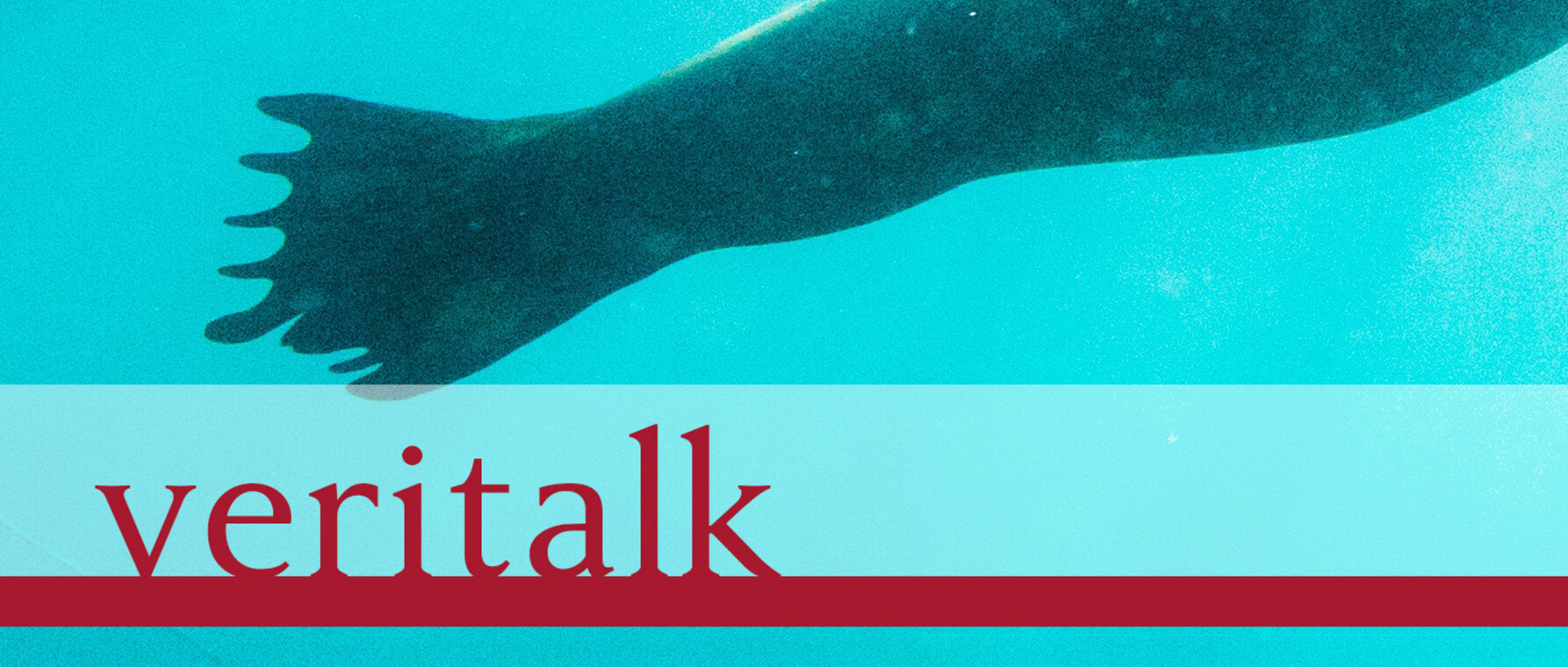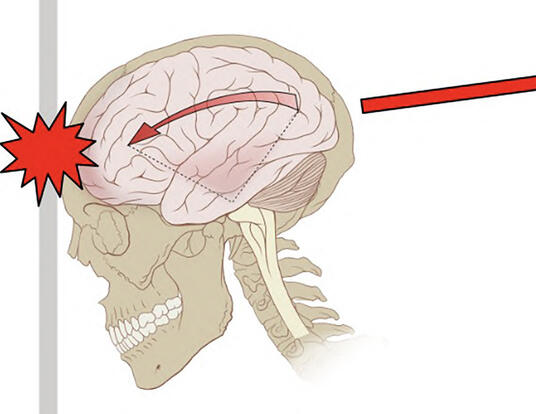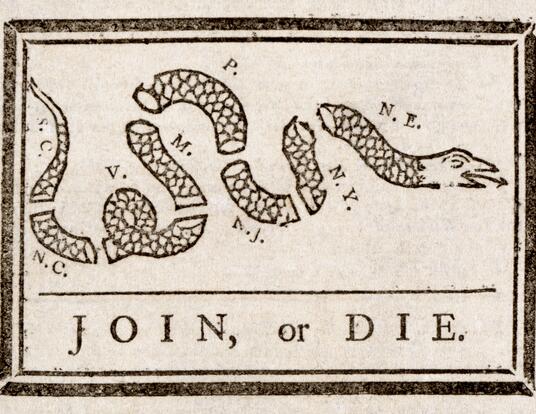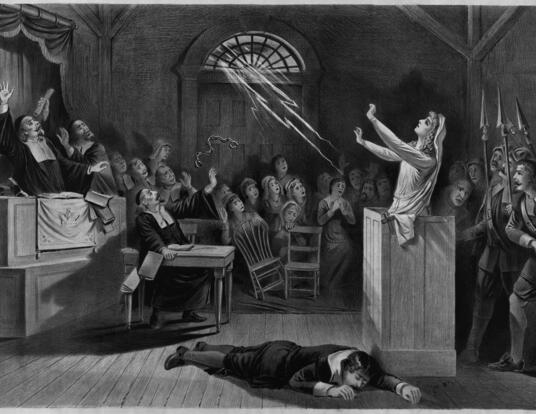Veritalk: Monsters Episode 1 - Mermaids

Selkies. Elves. Werewolves. Vampires. Mermaids. Human beings are obsessed with creatures that are a little bit human, a little bit animal, and maybe even a little bit dangerous. Greg Darwin, a PhD candidate in Celtic Languages and Literatures, has traveled throughout Northern Europe to find out why we tell stories about supernatural beings, and what we can learn from these legends. His research focuses on mermaids and selkies. Americans might think of them as sweet and innocent, but they have a darker history in Ireland and Scotland as elusive and dangerous temptresses.
Full Transcript
Anna Fisher-Pinkert: In 1989, just a month before my fifth birthday, my parents took me to a movie about a sea monster. This monster lives in an underwater world, hoarding treasures she steals from ships that pass over her secret lair. She seduces a prince by pretending to be human – with help from a devious witch. In the end, the prince is so besotted by her that he nearly drowns trying to get her back from the sea. I loved this sea monster. My parents bought me sea monster sheets, a sea monster doll, and I danced around my room singing the sea monster’s signature song . . .

Movie music: "Out of the sea, wish I could be, part of that world."
AFP: Ok, so when Disney’s The Little Mermaid came out, nobody called Ariel a sea monster. But if you look at Ariel’s ancestors – the mermaids of myth and legend – they are NOT petulant teen girls with fish friends. They are something. . . else.
Greg Darwin: Certainly in the traditions I'm studying they're quite quite sinister, really. They are beautiful, they are attractive, and they beguiling to men - but they're also quite dangerous to be around. And you have the figure of the siren who by the middle ages and later on she's portrayed pretty consistently as a mermaid. And she's she's gorgeous she's beautiful she's irresistible men are drawn to her and she drowns them and eats them.
AFP: That’s right: she eats them.
GD: You have that in early Irish tradition as well. . .
A bell sounds from a computer
GD: Oops, I got an email!
Laughter
AFP: Meet Greg Darwin. Greg has been tracking mermaids, and their elusive cousins, the selkies, across Northern Europe.
GD: I'm currently beginning. . . This is terrifying! My 6th year of my PhD in Celtic Languages and Literatures.
AFP: Greg’s definition of “terrifying” is trying to finish his dissertation. For a sailor in medieval Ireland, it might be a half-human, half-aquatic creature that lures you into the ocean and eats you. A shape-shifter that's neither human nor animal. A being that doesn’t fit in our world, or any other. . .
Voices: I mean, why?
AFP: From the Harvard Graduate School of Arts and Sciences, you’re listening to Veritalk. Your window into the minds of PhDs at Harvard University.
Voices: I was curious. . . I've always wondered. . . why?
AFP: For the next few very spooky episodes we're going to talk about monsters. The monsters that live on the edge of humanity.
GD: You have accounts of them apparently mourning the dead.
AFP: The monsters that live inside us.
Maddy Mcfarland: It just moves around as fast as it can, and then it will eventually die if it's not put into a human host.
AFP: And the monsters we have created.
Shane Campbell-Staton: If you just go into Tokyo and you start smashing things, at some point you get hungry. And that means you're going to have to hunt.
AFP: It’s gonna get a little bit creepy.
AFP: Greg Darwin studies supernatural beliefs across Northern Europe. In his discipline, it’s not just the story that’s important, but who is doing the telling, and who they’re telling it to. In the US, we frequently use the words “folktale,” “myth,” and “legend” interchangeably.
GD: The English language can be kind of I guess sloppy with these definitions. But, generally speaking, the sort of defining characteristic of folktale or tale or wonder tale is that it's fictional - it's considered to be fictional. So these are stories that are told as entertainment for the most part. They're over the top, they're not meant to be taken seriously, they're not really set in any particular place or time or anything like that.
AFP: Snow White and the Seven Dwarves, Cinderella – these all started out as folktales.
GD: Myths also kind of are over the top and not necessarily moored in any particular place or time but they are considered, more or less, to be true with that kind of fit into questions of religion and belief.
AFP: Stories that describe an origin of a people are usually myths, like Prometheus stealing fire from the Greek gods. But the mermaid and selkie stories that Greg studies are legends:
GD: Legends are kind of like a middle ground between these. They're usually much more rooted in a particular place and context, even though the story type itself might be kind of one which is found over and over again in different places.
AFP: In other words, your town might have a mermaid legend – and my town might have a really similar legend, with a few minor variations – like which rock the mermaid was spotted on, or what happened to her children.
GD: The telling of a legend is going to be set in a particular place and often a particular time and they're, generally speaking, believed to be true - or at least believable as true. So they often contain devices that are meant to make them trustworthy. So appeal to an authority: I heard this from a friend or from a friend of a friend.
AFP: Or, this happened to my great aunt, or my third cousin once removed, or the neighbors who live up the hill.
GD: They often do contain elements of the supernatural, but they're not as overt as you get in say wonder tales. The supernatural elements are much more things like ghost sightings rather than transforming a pumpkin into a carriage, that sort of thing.
AFP: A typical selkie story has all three of these elements. Selkies are a little different than mermaids - they’re women who can turn into seals, or, depending on how you look at it, seals that can turn into women. The story usually starts with a man walking along the seashore. . .
Catherine Mary Anderson: One time a man was going around the banks, and he saw what he thought was a woman. . .
GD: And this part kind of varies depending on what the story is actually told but he sees either a single woman or a group of women and they are doing something. They might be sunning themselves on a rock they might be dancing. But he sees the woman and he sees some sort of cloak or a garment or a skin. . .
CMA: A skin. And he crept up behind her and grabbed the skin. The woman turned around and said, "Oh, give me that skin, because I have to go back to the sea." "Nah nah, sister, you have to come back with me."
GD: So she follows him, might beg for it back, he might pretend not to have seen it at all and he hides it. She follows him and one thing leads to another and eventually get married and often have children. Then one day she finds it. In versions from Northern Ireland it's usually the children who kind of discover the cloak accidentally and bring it to their mother asking her what this is. And she realizes this and kind of immediately puts it on and runs back to the sea again.
CMA: Then they saw two seals coming out from the shore. And the man looked out over the boat and said, "This night, I'm a widower for that's my wife that's gone there."
GD: In some of the Icelandic versions she actually has this kind of little rhyme at the end where she says something to the effect of, "oh woe is me I have seven children on the land and seven children in the sea."
AFP: Selkies are a little less carnivorous than the mermaids we were talking about before - but they can still cause a lot of trouble. They can curse an entire village. They cause their descendants to turn to stone, or drown.
GD: In any sort of maritime if you're any sort of maritime commune or you know several people or are related to several people who have died drowning. Often you know often quite young. So you have this kind of very very complicated relationship where on the one hand the sea is very, very easy to see why people would understand it metaphorically as being a mother. It provides life but also it takes it away just as easily. And these figures who sort of in some way embody the sea, or sort of represent the sea, they have that quality as well.
AFP: So I asked Greg, where does this idea of a half-woman, half-seal come from?
GD: I . . . it's hard to say, obviously, because it's your going with ideas that are very, very old and often belong to classes that didn't didn't have access to written expression. So this is all kind of speculation, but if you look at seals and if you kind of see their behavior and spend time around them you're struck by a lot of similarities with humanity. Their voices are kind of oddly human in expression.
Seals barking.
GD: They are social animals like ourselves and they kind of display some behaviors which can be easily anthropomorphized. You have accounts of them apparently mourning the dead or crying out or crying after a partner who seems to have gone missing and this also inspires a lot of more overtly supernatural tales. But also their skeletal structure is kind of - in terms of the rib cage and the arms - looks uncannily like things like that of a human. And they have very expressive eyes as well. So it's very, very easy to see why you would kind of mix them up with humans or kind of make an imaginative leap from from that to give them some sort of more human-like qualities beyond the ones you can observe.
Stanley Robertson begins a selkie story.
AFP: Greg gets his stories from archival tapes created by folklorists to preserve these legends for posterity. If you lived in Ireland or Scotland 100 years ago, you wouldn’t know selkie and mermaid stories from books or recordings, you’d know these stories because your family would tell them. Maybe while you were taking a walk into the village or doing your daily chores. And as they were telling these stories, they'd connect them to the landscape around you, and the people you knew.
GD: So in one of the areas I'm looking at in my dissertation there's a collection of standing stones in County Mayo near out near the village near the town of Ballina and this circle of stones are supposed to be the children of the mermaid that were petrified and turned to stone after she left her husband and children behind. After getting her freedom. And, yeah, everyone would be familiar with the circle of stones. And when they tell the story, people, by hearing about it, or by walking past it, or by using it as a landmark, kind of continually cement this story in their minds.
AFP: In some cases, specific families like the O’Sheas or the O’Dowds would be blessed or cursed by a selkie or mermaid ancestor. The standing stones in County Mayo are also called the “O’Dowd stones,” because legend has it that the O’Dowds are descended from a mermaid. What might surprise you if, like me, you’re used to modern supernatural stories, is that in these legends - there’s no “chosen one,” no hero, or warrior, or king.
GD: A lot of a lot of legends tend to be sort of kind of I guess you can categorize them as being sort of intrusions of the supernatural into the mundane day to day life. It's not just larger than life warriors who encounter ghosts, for example, or who you know who encounter ghosts, who find mermaids on the shore, who find trolls in the woods. It's people.
AFP: And as the world has modernized, we’ve developed new legends. Alligators in the sewers. Vanishing hitchhikers. Pet snakes that get a taste for human flesh. These urban legends are the descendants of those mermaids and selkies.
GD: You go to the shore you go out to sea and you're kind of stepping outside of the bounds of of your village or your familiar village. You go into the woods you might not come back for reasons both mundane and supernatural. You might simply get lost, you might get eaten by a bear, or you might get lured away by the elves and stay in a mound for a thousand years.
AFP: These selkie legends, like our modern-day urban legends, are all about straying a little too far from home - and paying the price.
GD: There's this proverb in Irish, pós ar an gcarn aoiligh, which literally means "marry on the dung hill," i.e. marry a woman from the next village. Marry someone who's close enough that you share a refuse heap. The implication being like someone who has a compatible family rather than someone from afar who might not. And the only thing you really know about her is that she has is pretty face.
AFP: Monster stories are reminders to distrust the unfamiliar, no matter how seductive it might be. And our fascination with things not-quite-human persists, no matter how modern we think we are.
Movie clip: "Say it!" "Vampire."
GD: Vampires and werewolves are still immensely popular and these are both creatures that sort of straddle the line between human and not-human. Vampires, they should be dead, and yet they composes as as humans to certain extent. Werewolves can be anybody. Regardless of our advances in technology, and our advances in general quality of life that most of the world is enjoying, we're still basically humans. We still have the same basic sets of needs and anxieties. We're still worried about our place in the world and all that's hostile and chaotic outside of our world and how we can be safe from that. But also where we negotiate our boundaries between where ourselves and that which is not ourselves - our society and that which is not our society.
AFP: In the next episode of Veritalk - we’re going to talk a bit more about things that scare us in the modern world. In fact, we’re going to talk about a creature that can transform itself to get inside our bodies.
Maddy McFarland: So essentially the parasite is able to disguise itself well enough that the cell doesn't tell anybody else that it's infected.
AFP: That’s next time, on Veritalk. Veritalk is produced by me, Anna Fisher-Pinkert. Our sound designer is Ian Coss. Our logo is by Emily Crowell. Our executive producer is Ann Hall. Special thanks this week to Graham Ball, and to Greg Darwin. Greg’s research in Scotland and Ireland was supported by the Frederick Sheldon Travelling Fellowship. The archival selkie stories you heard today are from the School of Scottish Studies Archives. Those stories were from Catherine Mary Anderson, as told to Alan J. Bruford; and Stanley Robinson, as told to Barbara McDermitt. If you want to listen to the full stories, we’ll have links on our website - gsas.harvard.edu. Don’t forget to rate and review us right now, wherever you’re listening to this podcast. It makes a huge difference. Thanks for listening - and tune in next week for more episodes of Veritalk.
Logo by Emily Crowell
Get the Latest Updates
Join Our Newsletter
Subscribe to Colloquy Podcast
Simplecast





